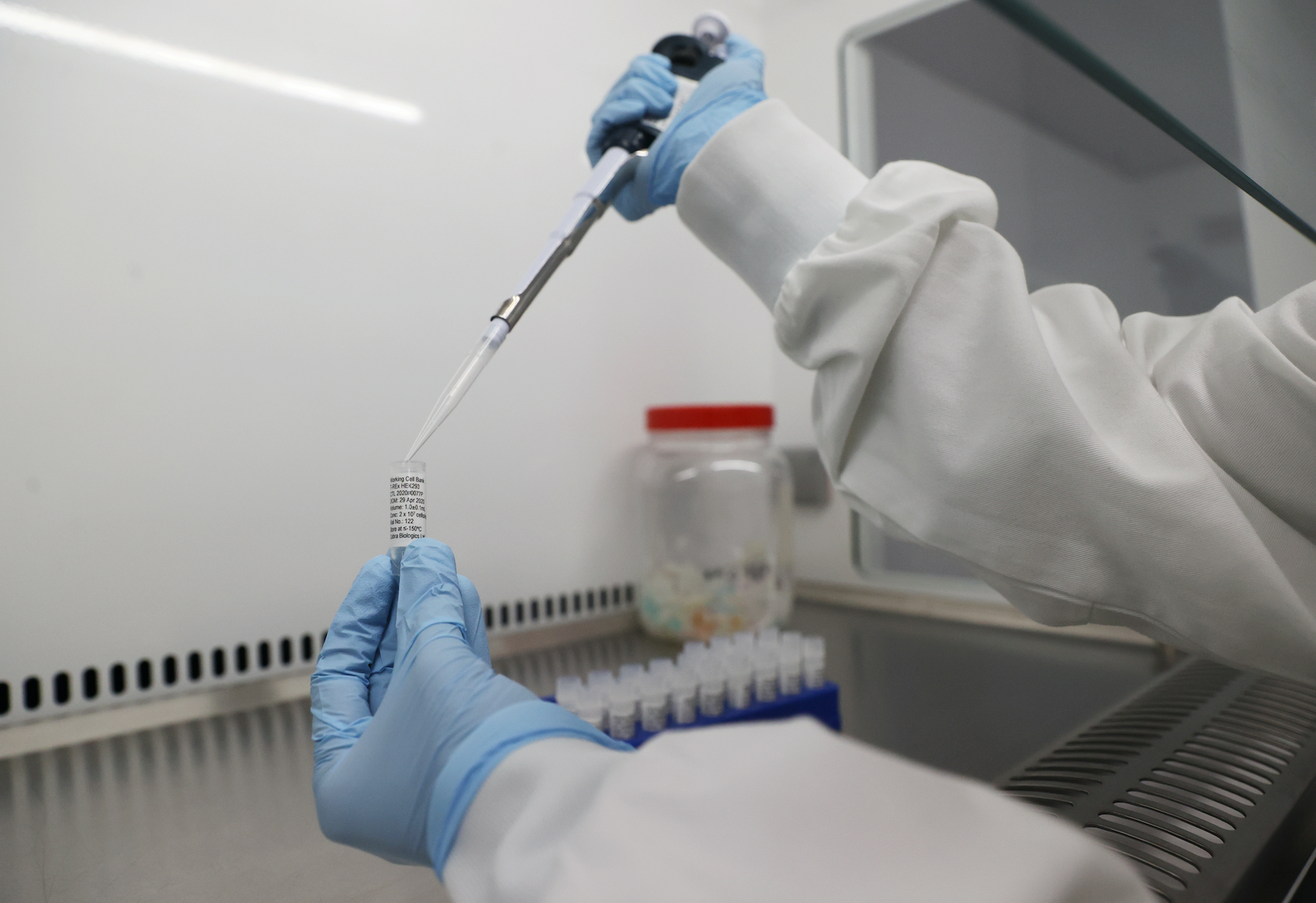The COVID-19 crisis points to a hole in Canada’s pandemic preparedness. In the wake of the 2003 SARS crisis, Canada created the Public Health Agency of Canada (PHAC) to strengthen and coordinate responses to public health threats. PHAC has exercised national leadership to safeguard Canadians during COVID-19. But responsiveness is not enough. For research and development, Canada needs a proactive pandemic innovation strategy in anticipation of pandemics.
The World Health Organization and other international bodies have warned for years that new viruses will emerge and cause pandemics. Knowing that we will face pandemic risks from well-understood viral families, such as influenza and coronavirus, we could have proactively invented anti-viral drugs that prevent and treat the diseases they cause. Yet no one invested in these efforts.
Instead of preparing, we now find ourselves scrambling to repurpose old drugs, develop new ones and compress a dozen years of vaccine development into one. Unfortunately, the odds of finding a game-changer from among existing drugs is much too low for comfort, and there is no guarantee that a vaccine will work or that we can manufacture enough of it in time. So, in addition to these high-risk approaches, we need to develop anti-viral drugs, just as we did to control HIV/AIDS.
Canada and the world made a tactical error in failing to build public capacity to develop novel antivirals, preferring instead to hand off drug discovery and development to the private sector. The flaw in this logic is that the private sector has no incentive to invest in drugs for emerging viral threats that may never occur.
Pandemic prevention is possible, but we need a shared strategy, leadership, and coordination among industry, universities, government and philanthropy. Because of prior investments in world-leading open science institutions such as the Structural Genomics Consortium (SGC), Canada is poised to lead the world in implementing a different strategy: the creation of global, interconnected and coordinated non-profit companies that put access to effective, low-cost drugs over profit. Examples exist in other health fields of such an approach, for example, in malaria and sleeping sickness and some rare cancers.
Given the need to transcend national borders, the model for these new non-profits is founded on open science: openly shared data, tools and materials, open publications and the avoidance of restrictive patent rights. Far from being radical, the world reflexively turned to open science during the COVID-19 crisis. Innovation, Science and Economic Development Minister, Navdeep Bains, applauded, for example, Ontario researchers for not only rapidly isolating the COVID-19 virus but sharing it openly with the world. He tweeted: “Open science is key to global efforts to treat and prevent the spread of COVID-19.”
Open science shares skills and resources across sectors, reducing individual risk and the overall risk of failure. It avoids duplication because everyone knows what everyone else is doing while it provides the basis for rapid and effective validation due to full transparency. Not relying on any one firm or sector, it is a strategy that can adjust quickly in light of changing incentives and priorities. While eschewing patents, it can ensure high quality drugs, low pricing, and access through existing regulatory mechanisms.
We are not waiting for others to give us a green light to move ahead: catalyzed by scientific leadership and seed investment from the University of North Carolina and the SGC in 2019, we are creating an international network of interlocked non-profits, VIMI (Viral Interruption Medicines Initiative) in Canada and READDI (Rapidly Emerging Antiviral Drug Discovery Initiative) internationally. VIMI and READDI will develop inexpensive drugs to fight the coronavirus that causes COVID-19, as well as emerging viruses that might cause future pandemics. Together, we will work openly to identify drug targets, develop anti-viral drugs for viral families with pandemic potential, and test them in early clinical trials. These new drugs will sit “ready” to be rapidly deployed to treat COVID-19 or a future pandemic. They will be created as public goods.
Our open science approach is exactly what the world needs right now to fight pandemic viruses and avert the personal, social and economic costs of both the virus and its consequent far-reaching public health measures.
This article originally appeared in The Hill Times.



